Repetitive self-mutilation, also known as self-harm [mfn] Suyemoto K. L. (1998). The functions of self-mutilation. Clinical psychology review, 18(5), 531–554. https://doi.org/10.1016/s0272-7358(97)00105-0 [/mfn] or self-injury, refers to the deliberate and recurrent acts of physically hurting oneself without intending to end one’s life. It is a distressing behavior often associated with underlying emotional pain, psychological distress, or attempts to cope with overwhelming emotions.
Common forms of [mfn] Lewis, S. P., & Heath, N. L. (2013). Nonsuicidal self-injury. CMAJ : Canadian Medical Association journal = journal de l’Association medicale canadienne, 185(6), 505. https://doi.org/10.1503/cmaj.120969 [/mfn] self-mutilation include:
- Cutting [Read More]
- Burning
- Scratching
- Hitting oneself
It is important to note that repetitive self-mutilation is neither a healthy nor effective coping mechanism, and self-mutilation can have profound and lasting effects on an individual’s mental health.
Those who engage in repetitive self-mutilation often experience a range of other associated mental health conditions [mfn] Hawton, K., Saunders, K., Topiwala, A., & Haw, C. (2013). Psychiatric disorders in patients presenting to hospital following self-harm: a systematic review. Journal of affective disorders, 151(3), 821–830. https://doi.org/10.1016/j.jad.2013.08.020 [/mfn], such as depression, personality disorders, anxiety, bipolar disorders, etc. It is crucial for individuals engaging in self-mutilation to seek professional help and support to address the underlying causes and develop healthier coping strategies.
Read In Details About Self-Harm Here

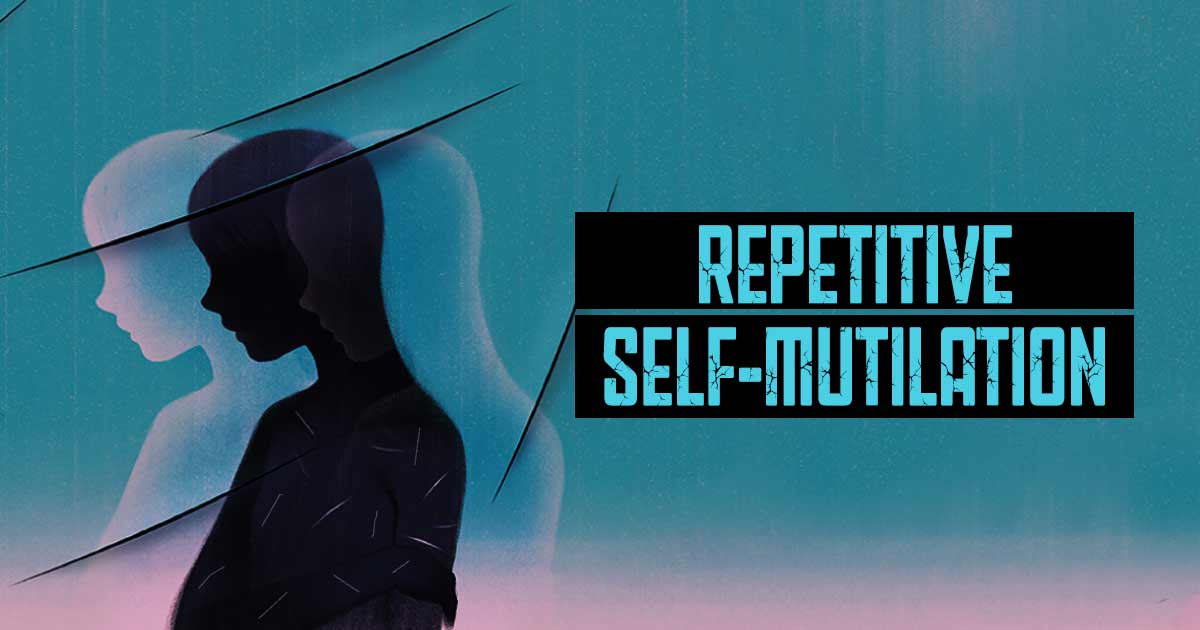

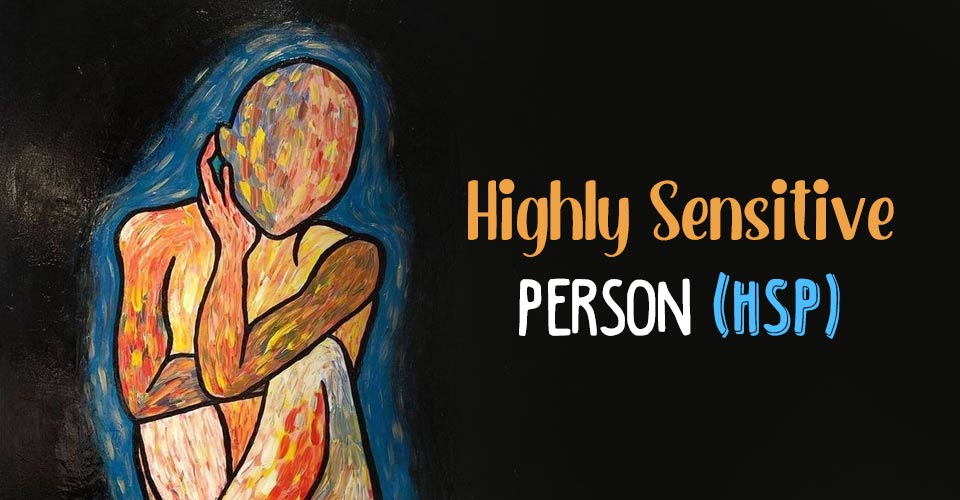
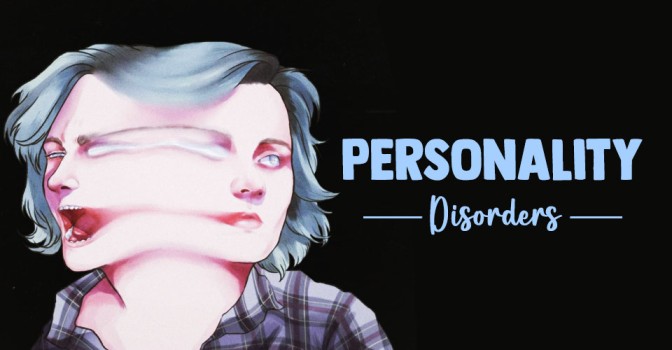
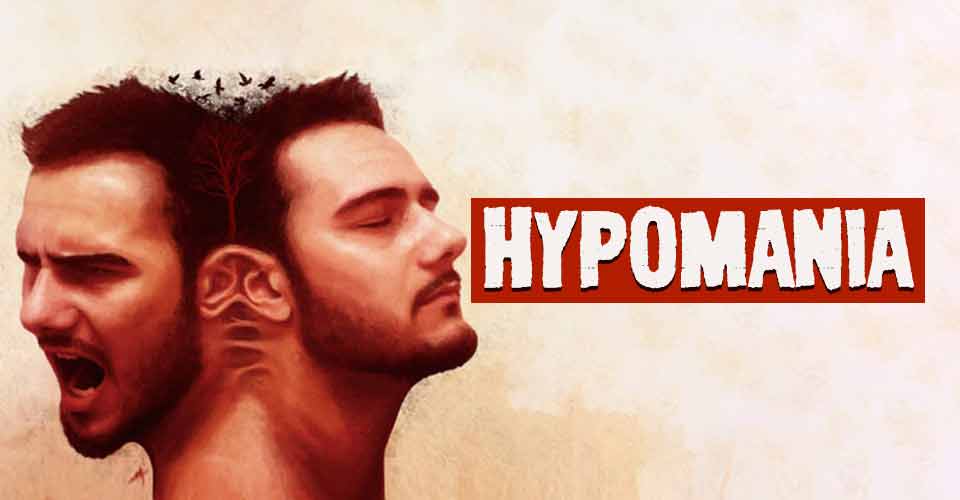
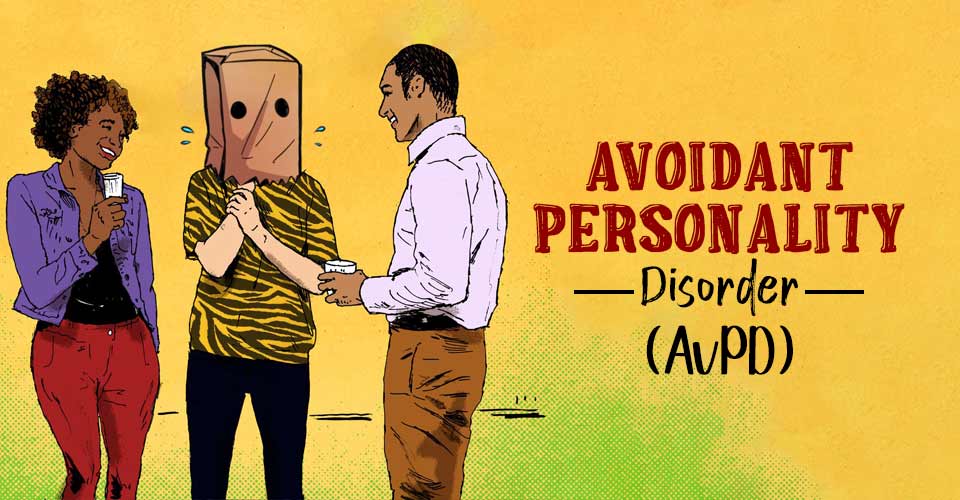

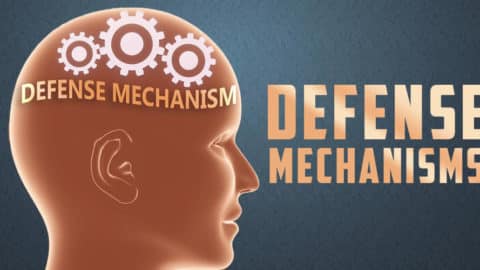
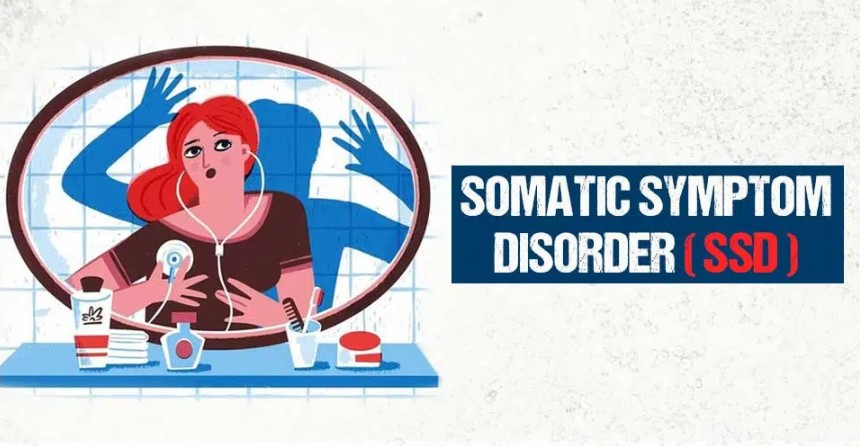

Leave a Reply